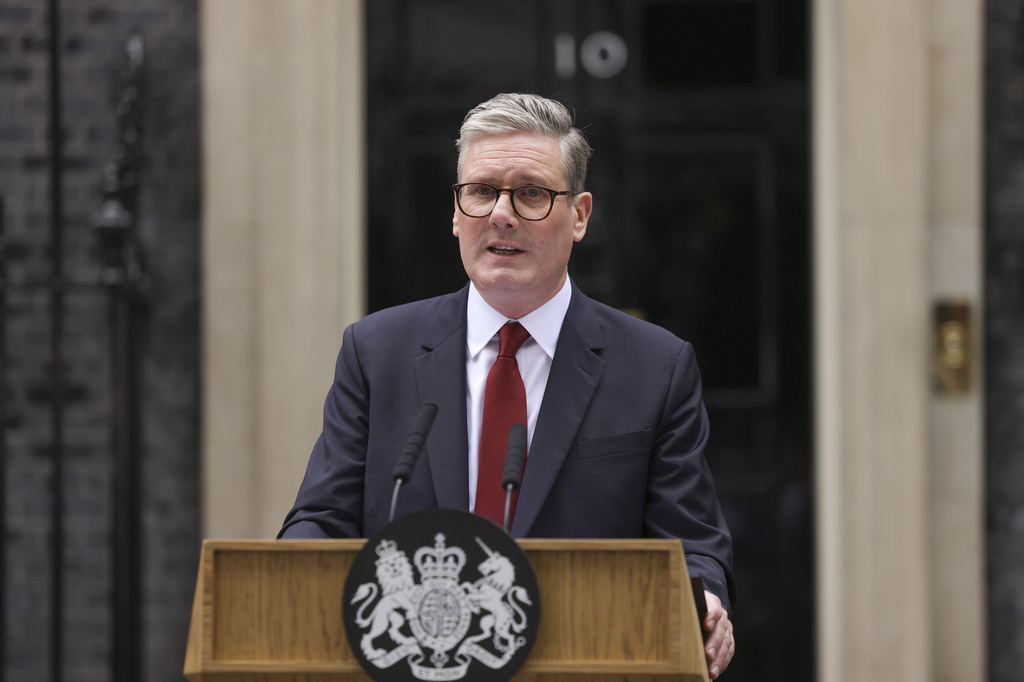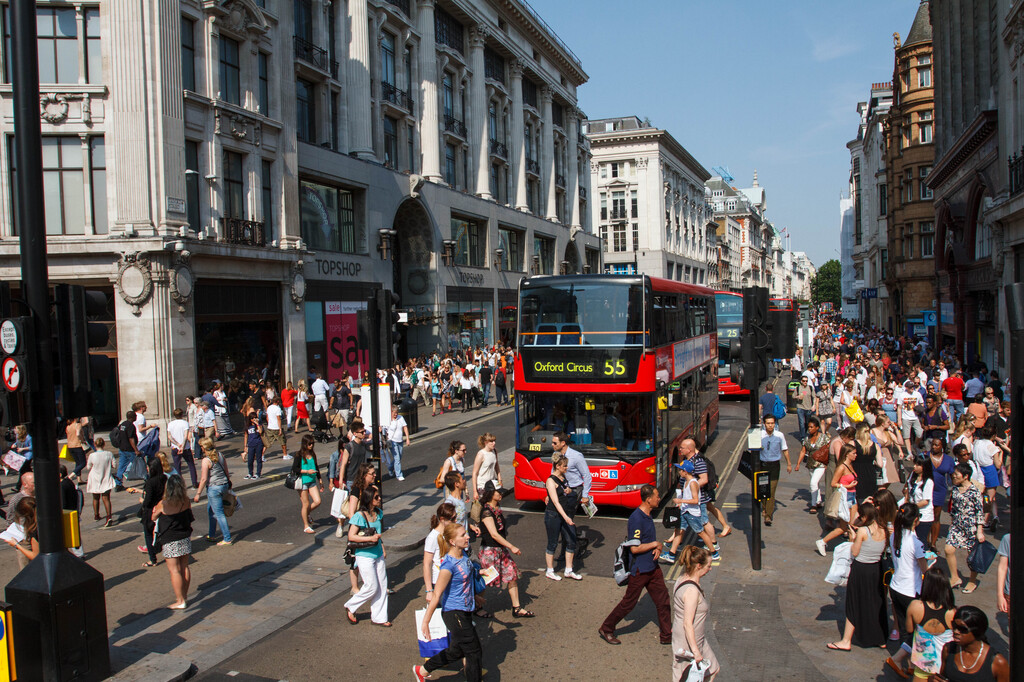
The Prime Minister’s new clothes
You could scarcely make up the hilarious farce that has been playing in UK politics in recent weeks, as the supposedly squeaky-clean new Labour government has fallen apart at the seams in respect of its claim that it would run a sleaze-free administration, writes Paul Finch.
It turns out that senior politicians, including the Prime Minster, his deputy, his wife and the Chancellor of the Exchequer, have all been parading themselves in clothes and sometimes spectacles paid for by a rich Labour donor who in return (at the very least) has been given a pass giving access-all-areas inside 10 Downing Street.
In the context of Ukraine, Gaza and Lebanon, this is really not a big deal, but it has added to the feeling that far from representing a bold new beginning, the current government is simply carrying on where the old one left off.
A pity, because there are some signs that in respect of construction in general, and housebuilding in particular, the government is trying to make things happen. It has produced a hit squad which will try to unlock planning blockages which are preventing good proposals proceeding; some good people have been recruited to a task force thinking about the location and delivery of new towns, defined as comprising at least 10,000 homes. And as previously mentioned in this column, the madness of including ‘beauty’ in an entirely undefined way in the planning system is now being reversed.
Whether this will generate a speedy increase in the production of net new housing is another matter, and most people in the industry seem to be sceptical. The health of the construction section is not great – an example being the once-mighty ISG group going into administration. Profit margins are hopelessly low for too many contractors, who are dependent on cash flow to survive. There is little incentive to invest. Regulatory hurdles do nothing to help.
Dreams of off-site manufacturing are retreating as a result of a lack of long-term government orders, about which the current administration has said nothing. This may be because the way construction, and architecture for that matter, are handled by Whitehall is hopelessly fragmented. The Department for Business, under which the construction sector falls, is not responsible for housing, which is the remit of the Ministry for Housing, Communities and Local Government, also responsible for Building Regulations. But fire matters (not regulations) are dealt with by the Home Office. And so on.
There are various recommendations in the official report on the Grenfell tower fire, recently published, which are cross-cutting in their suggestions about who should be responsible for what. They will need to be assess by government in respect of the Building Safety Act, already passed and in action; will the Act need to be amended in the light of subsequent recommendations? All this is going to take time, which in an idea world would be better spent on actually delivering, or working out how to deliver, more, better homes at speed.
One obvious amendment would be to remove the requirement for fire statements to be submitted by architect in the early stage of the planning process. This is madness and should not in any event be a matter for spatial planning. Ditto increasingly onerous demands for carbon calculations in the absence of fully detailed designs, and again not the province of spatial planning. Why is planning being confused with building control? If government cannot think clearly about this, there is little prospect of thinking clearly about the really big issue facing the sector, which is how to build a sufficiency of housing.
Oxford Street revisited
Never one to let anybody else blow his own trumpet, London Mayor Sadiq Khan has announced a new initiative to ban all vehicular traffic along Oxford Street. Anybody who uses the street regularly will know that from being a traffic-choked nightmare, most of the street contains very little traffic since cars were banned from using most of it years ago.

It is hard to take this sort of plan seriously from a mayor who cannot resolve the ongoing scandal of the closure to normal traffic of Hammersmith Bridge, and who is happy to preside over a policy of vindictive treatment for South Londoners who dare to try to cross the river Thames under their own steam.
London Bridge is closed to cars during the day (and lunatic rules prevent black taxi cabs, which are part of the public transport system, from making simple straight-line journeys once they have crossed the river). Southwark bridge is hopeless for anyone trying to travel north because you hit a T-junction taking you west or east. The malice (or is it incompetence?) of Transport for London knows few bounds when it comes to generating congestion and pollution on streets never previously know for them, especially those approaching any bridge.
Hey-ho. If you have luggage, a disability, are not capable of walking rapidly (or at all); if you are unable to use a bicycle because of age, infirmity or mere inclination, you can always try diving into the underground instead of using an Oxford Street bus. No travelators envisaged, of course. It would be far too radical to install a technology made famous in Paris in 1900, and these days routinely used in airports all over the world. Meanwhile the mayor continues to swan around the capital in his armour-plated vehicle and security detail. People should walk. It will be good for them. Let them eat cake!
Remembering Bryan Avery
Vintage readers may remember that good architect, Bryan Avery. He created a stir back in the 1970s with a proposal to create pedestrian ‘routes in the sky’ along Oxford Street, but combining pedestrian convenience with vehicular traffic, both for consumers and retail delivery. His ideas were not implemented, but were produced at a time when ideas were a matter for excitement – rather like the provision of engineering structure down the middle of London Bridge in the 1960s, allowing the for the later introduction of . . . . a travelator, improving the lives of all those commuters dragging their feet across the bridge twice a day.

Another of Bryan’s ideas, which surely deserves a fresh look, concerned a memorial marking the late Queen Elizabeth II’s golden jubilee. He envisaged a water feature including a reflecting pool, located in Green Park between a glorious if under-used tree-lined avenue running between Piccadilly and the Victoria Memorial.
His idea was that after her passing, a statue could be placed at the end of the water arrangement. There is currently an ideas competition, open to all, about a suitable memorial somewhere in St James’s Park. The neighbouring Green Park would make a much better location.
China success
WAF China, first envisaged before the pandemic, is finally taking place in something like the form intended, on 26 and 27 September. Judges will review more than 100 award entries for work undertaken in China and associated geographies, at the Langjiu Estate in Sichuan Province; Langjiu, distillers of the formidable Baojiu spirit, are the sponsor of the festival, organized by the indefatigable Alan Fan. This is an independent event, held in conjunction with WAF, and is intended to promote and celebrate design excellence in the gigantic construction market that is China. I will provide an update in the next WAF Newsletter – if I have recovered from the Baojiu!
Founder Partner






